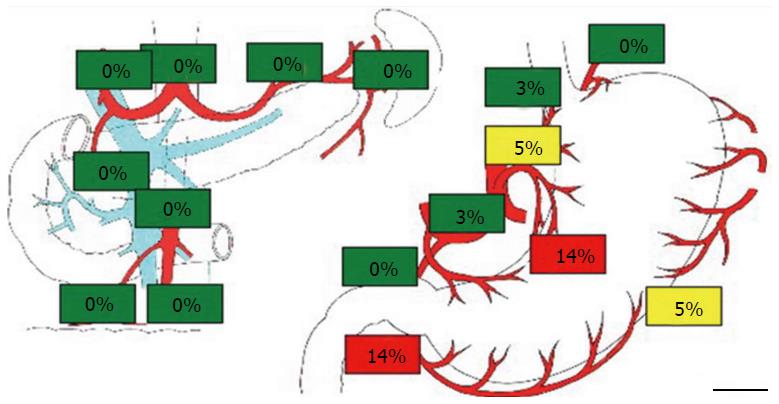
These can grow and become increasingly bothersome. Regardless of the form of lymphoma, there may be multiple lesions present on your pet's body. Since lymphocytes are naturally present in the skin, and especially present with inflammation and infection, biopsy with histopathology is the most accurate way to make a definitive diagnosis of cutaneous lymphoma. Pieces of the tumor are then examined by a veterinary pathologist under the microscope. A biopsy is a surgical excision of a piece of the tumor. With lesions that are progressive (continuing to grow) or return after surgery, biopsy is usually the most definitive way to obtain a diagnosis. A veterinary pathologist then examines the slide under a microscope. FNA involves taking a small needle with a syringe and suctioning a sample of cells directly from the tumor and placing them on a microscope slide. However, if nodules are present (or lymph nodes affected), a fine needle aspiration may be performed.įine needle aspiration (FNA) or biopsy will be performed. The easiest way to determine if lymphoma is present is by biopsy of the skin. They can also feel quite ill and show signs of vomiting or diarrhea when their calcium levels are too high.ĭermal lymphoma, which is less common, typically appears as nodules on the skin. Pets with hypercalcemia may drink and/or urinate more, and kidney damage is possible. T-cell lymphocytes can produce a protein that causes a higher than normal calcium level in the blood (called hypercalcemia). Epitheliotropic lymphoma is made of T-cell lymphocytes. The lesions are usually dry and scaly, with flaking and hair loss ( alopecia). It can look like nodules, plaques, or scabs on the skin. This can cause your pet some oral discomfort and/or reluctance to eat.Įpitheliotropic lymphoma is the more common form of cutaneous lymphoma. These areas may become ulcerated (break open) and bleed or crusted, and secondary infections are possible. It can especially affect the gums, nose, or lip margins (where the lips meet the skin). Generally, cutaneous lymphoma can appear as various-sized irritated, ulcerated, or infected patches anywhere on the skin. The signs of cutaneous lymphoma vary, depending on the type of lymphoma and where it is located. What are the signs of cutaneous lymphoma? In the case of cutaneous lymphoma, no specific risk factors or cause have been identified. Most seem to be caused by a complex mix of risk factors, some environmental and some genetic or hereditary. Very few tumors and cancers have a single known cause. The reason why a particular pet may develop this, or any tumor or cancer, is not straightforward.
#Cutaneous tcel lymphoma skin
Lymphoma of the skin (or cutaneous lymphoma) is an abnormal replication of lymphocytes that form nodules, plaques, or other lesions within the skin. Certain areas of the body (called lymphatic tissues) are rich in lymphocytes. Lymphocytes are found all over the body, including the skin. Each plays their own role in the immune system. Generally, there are two types of lymphocytes: T lymphocytes and B lymphocytes. Health Literacy Online: A Guide for Simplifying the User Experience.Lymphocytes are a type of white blood cell that play an important role in the immune system by defending the body against disease. Department of Health and Human Services, Office of Disease Prevention and Health Promotion. Washington, DC: The National Academies Press. National Academies of Sciences, Engineering, and Medicine.

Improving newborn screening laboratory test ordering and result reporting using health information exchange. Reference: Data from the Newborn Screening Coding and Terminology Guide is available here.Reference: MedGen Data Downloads and FTPĭata from the National Library of Medicine's Newborn Screening Coding and Terminology Guide is used to note if a disease is included on Federal or State recommendations for newborn screening testing.Kohler S, Gargano M, Matentzoglu N, et al., The Human Phenotype Ontology in 2021, Nucleic Acids Research, Volume 49, Issue D1, 8 January 2021, Pages D1207–D1217.ĭata from the National Center for Biotechnology Information's MedGen is used to provide genetic testing information available for a disease. Orphanet is an online database of rare diseases and orphan drugs. Reference: Access aggregated data from Orphanet at Orphadata.Reference: UMLS Vocabulary Standards and Mappings Downloadsĭata from Orphanet and Human Phenotype Ontology (HPO) are used to provide information on a disease's symptoms, genes, inheritance, population estimates, and more.The National Library of Medicine's Unified Medical Language System (UMLS) is used to classify and organize diseases and disease categories.


 0 kommentar(er)
0 kommentar(er)
